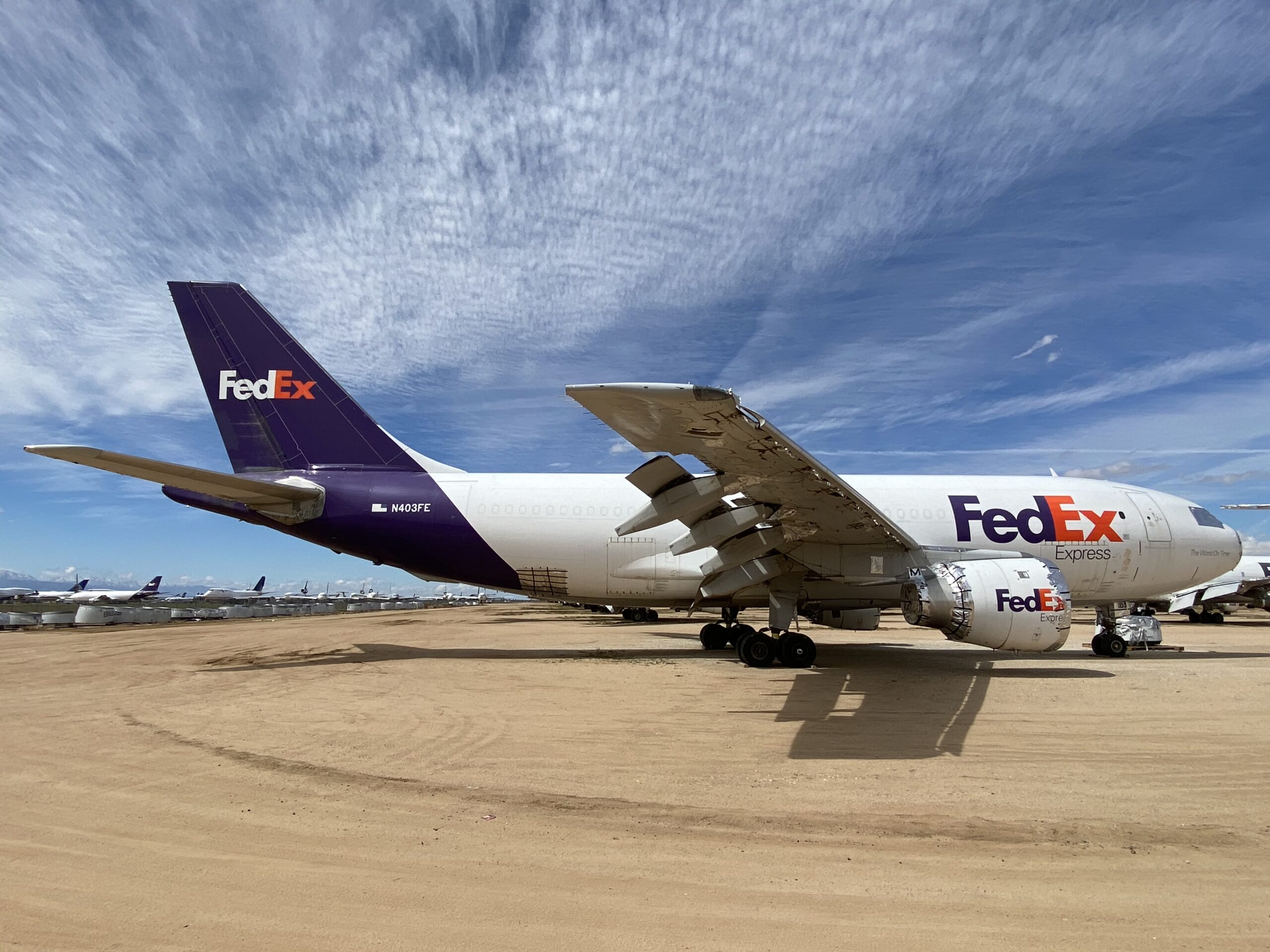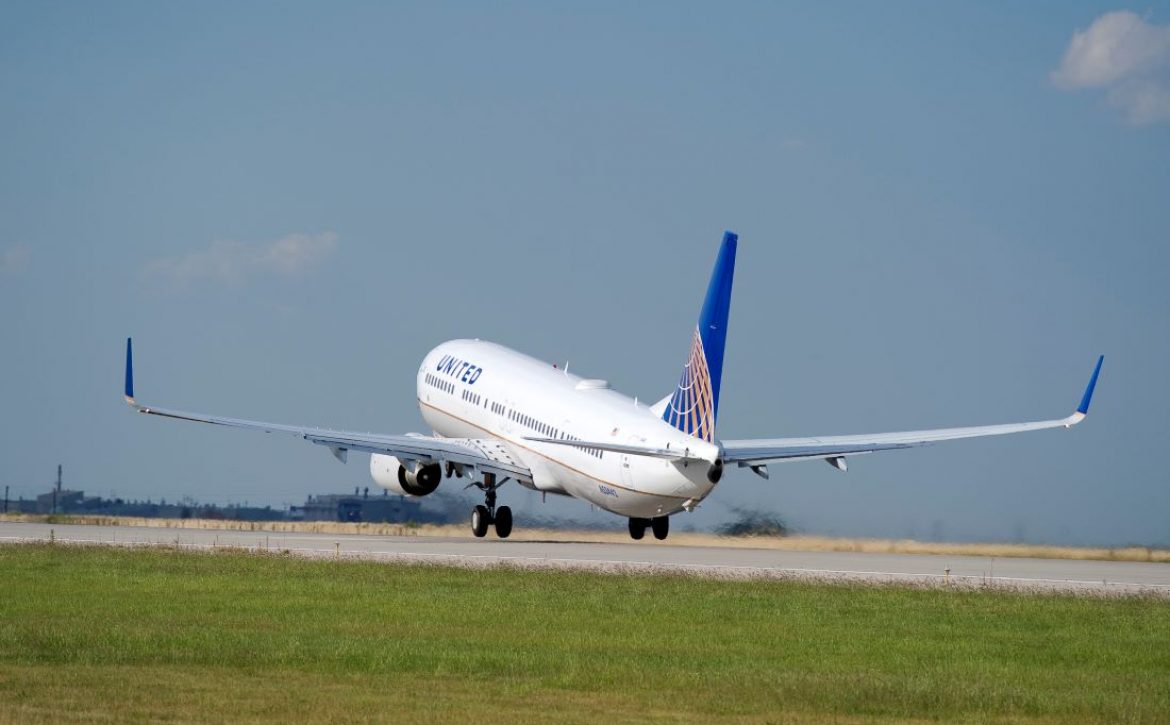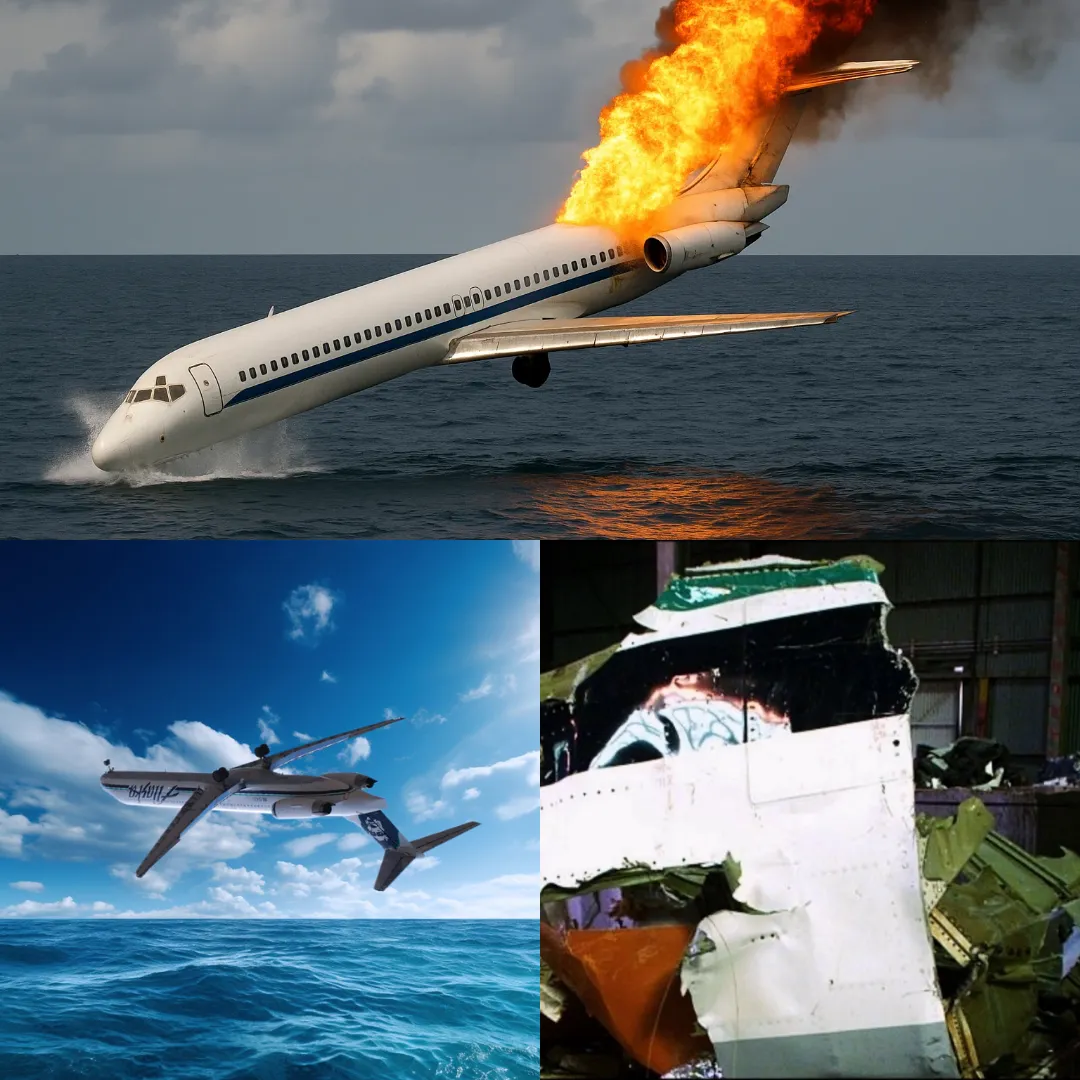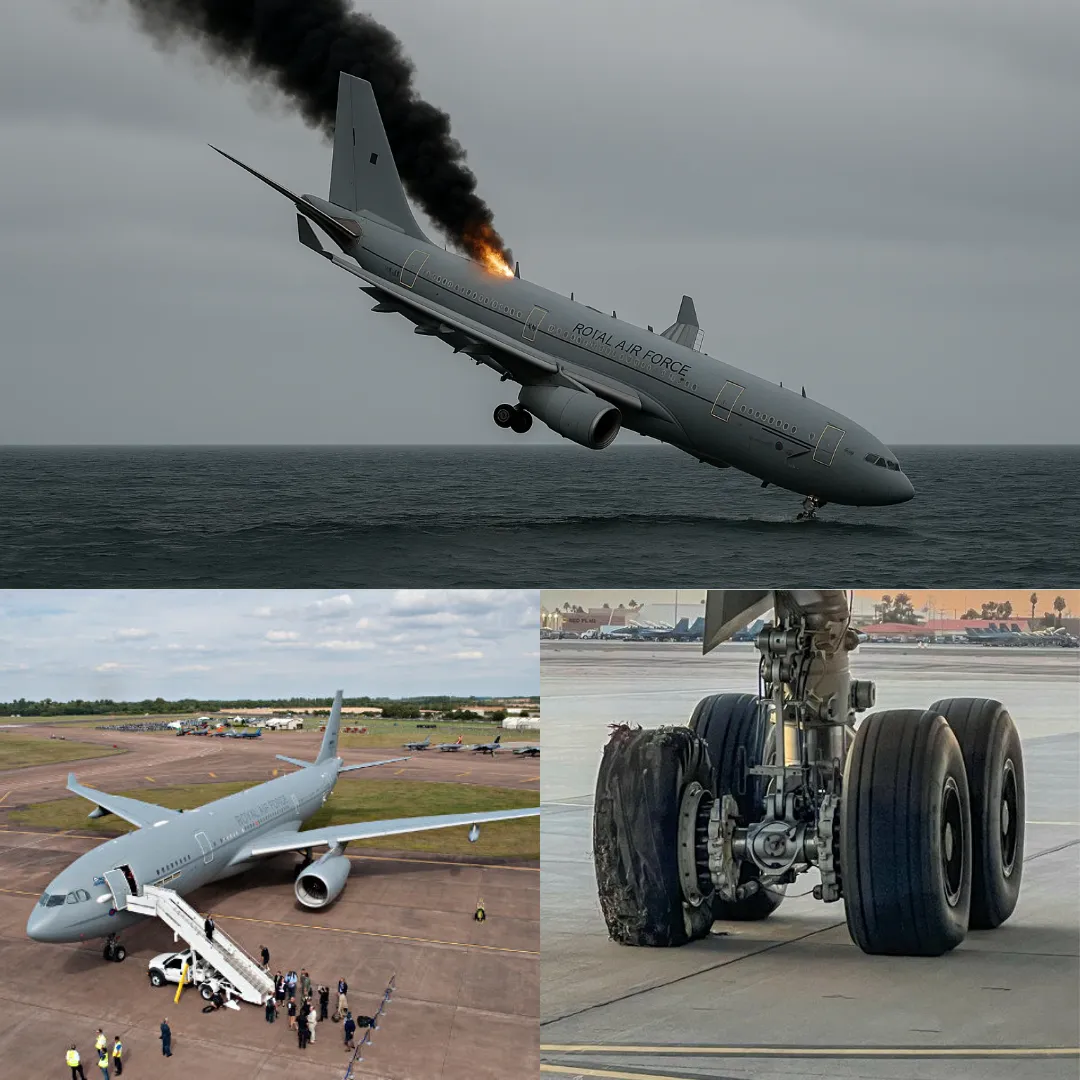
On June 7, 2022, the flight crew of FedEx Flight 1170 experienced what is one of the most terrifying mistakes a pilot can make—a landing on the wrong runway.
The flight, which originated in Ontario, California, and was en route to Tulsa, Oklahoma, involved experienced pilots, but a combination of factors including fatigue, workload, and misidentification of visual cues led to a critical error with potentially disastrous consequences. This incident serves as a sobering reminder of the dangers of fatigue in aviation and the impact it can have on even the most seasoned professionals.
The journey began with two FedEx pilots—an experienced 57-year-old captain and a 50-year-old first officer—preparing for a routine nighttime flight. The first leg of the flight took them from Ontario International Airport to Fort Worth Alliance Airport in Texas. After a three-hour break, they were scheduled to continue their duties with a short flight to Tulsa.
Although the crew was well-versed in their roles and had years of experience, the timing of their flight placed them squarely in the window of circadian low (WCL), the time of day when the body is naturally inclined to rest. This period, typically occurring in the early morning hours, significantly increases the risk of fatigue-related errors in decision-making and performance.
While airlines and aviation authorities have developed sophisticated fatigue management systems, including software to monitor pilots' fatigue levels, the reliability of these systems is not foolproof. FedEx utilized the Karolinska Sleepiness Scale (KSS) to calculate the fatigue levels of its pilots. This scale scores pilots on their potential sleepiness during their duties, ranging from 1 to 9, with scores above 7 indicating high risk.
However, the system relied on assumptions, such as the expectation that pilots would get a sufficient nap between flights. For this particular flight pairing, the KSS score was 6.39, which indicated moderate fatigue, assuming both pilots managed to get a 30-minute nap during the break.
![FedEx Boeing 727-200 arrives at Chicago's O'Hare Int'l Airport as Flight FDX1170 [11.27.2012]](https://i.ytimg.com/vi/QomHVlk2peo/maxresdefault.jpg)
However, the captain struggled to fall asleep during the scheduled rest period. His inability to rest properly increased his fatigue level and, without realizing it, pushed his fatigue score above the high-risk threshold to 7.4, a level that should have triggered further scrutiny and intervention. Despite this, the captain felt fine and did not feel the need to report fatigue or request a replacement, which is a protocol for cases of severe tiredness.
The first officer, while somewhat rested, had also been working through a demanding schedule. Despite the pilots' experience, the first leg of the journey was already taking a toll, with the captain having been awake for over seven hours before departure.
As they prepared for their second leg, they felt confident in their ability to safely land the plane, despite the early morning timing and the fatigue hanging over them.
After completing the first leg, the pilots checked into their crew rest facilities in Fort Worth. The first officer was able to get some rest, but the captain could not sleep, which resulted in further fatigue accumulation. As they started their pre-flight preparations for the final leg of the journey to Tulsa, the captain, still feeling okay, didn't acknowledge the warning signs of his increasing fatigue.
They went through the standard procedures, reviewed the weather, and boarded their Boeing 757-236 for the short flight to Tulsa. Despite the best intentions and advanced technology designed to monitor and mitigate fatigue, it would soon become apparent that a simple error due to tiredness would lead them astray.
The captain was selected as the pilot flying, and after receiving clearance for the flight, the aircraft departed smoothly from Fort Worth, initially following their planned route. However, what followed would become a nightmare scenario, one that would only be revealed through investigation later on. As the aircraft descended towards Tulsa, the captain misidentified the runway.

In the midst of preparing for their approach, the pilots became increasingly reliant on visual cues to guide them. The runway lights and pop-up approach indicators that the pilots saw from the cockpit gave them confidence that they were approaching the correct runway.
However, the subtle visual misalignment went unnoticed by both pilots. They mistakenly believed they were on course for the intended runway 18 Left, but in reality, they were approaching runway 18 Right.
This error was not immediately recognized due to several factors, including fatigue-induced decision-making errors and confusion over the different runway environments. The captain, fixated on the runway lights and the pop-up indicators, did not notice the discrepancy in the localizer and glide slope indicators on their flight display, which had never properly aligned.
The first officer, distracted by other duties and visual cues, also failed to recognize the misalignment. As the aircraft continued its approach, the pilots proceeded with their visual landing, bypassing critical instrument readings that would have otherwise indicated an issue.
The Runway Awareness and Advisory System (RAAS), which is designed to help pilots identify discrepancies in their approach, did issue an alert, but it was either missed or disregarded. The RAAS callout was clear: "Approaching 18 Right."
However, by this point, the pilots were already committed to their approach, mentally aligning themselves with the lights they saw in front of them. The localizer was not captured, and the glide slope was ignored, further compounding the misidentification.

As they descended closer to the runway, the first officer, unaware of the error, confirmed that the aircraft was stable and cleared for landing. When the aircraft reached the critical 1,000-foot mark, the GPWS (Ground Proximity Warning System) issued a warning, but it was too late. The pilots had already committed to the landing without realizing their error.
At this point, the aircraft was dangerously off course, heading straight for a shorter runway, and they were not equipped to land safely there. Fortunately, the aircraft had a long enough landing distance to allow for some emergency braking, but the situation was dire.
The pilots' fatigue, combined with the misalignment of their instruments and visual cues, led them to the wrong runway. This mistake could have ended much worse, but the pilots' quick reaction and the use of emergency braking prevented a catastrophic disaster.
Upon touchdown, the pilots realized their grave mistake. They had landed on runway 18 Right instead of 18 Left, which was the designated runway for the landing. The first officer immediately recognized the error, and the captain’s reaction was one of disbelief. They contacted air traffic control and explained the situation, requesting clearance to taxi to their designated parking area.
This incident serves as a critical reminder of the dangers of fatigue in aviation. Despite having highly experienced pilots at the helm, the combination of fatigue, miscommunication, and failure to properly interpret visual cues led to a serious mistake.

While no lives were lost in this instance, the potential for disaster was immense. The incident prompted further discussions about fatigue management and the need for better systems to help pilots avoid such errors. It also highlighted the importance of following standard procedures, relying on instrument guidance, and ensuring that pilots are always fully rested before flight.
The investigation into the incident concluded that the root cause was a combination of fatigue-induced cognitive degradation, failure to properly monitor flight instruments, and the misidentification of the correct runway. The pilots’ failure to recognize the discrepancy in the localizer and glide slope indicators, combined with the visual confusion caused by their approach, ultimately led to the incident.
Although the runway landing was completed without further consequences, this event underscored the critical need for enhanced safety protocols and systems to prevent similar errors in the future.
In the aftermath of the incident, recommendations were made to improve fatigue management procedures, including better communication regarding fatigue scores and clearer guidance on how to handle fatigue-related issues during flight.
Moreover, it became apparent that visual approaches, while often the preferred method, can increase the likelihood of errors if pilots fail to rely on their instruments and follow standard procedures. This incident serves as a stark reminder that even the most experienced pilots can make mistakes, and that managing fatigue is essential to ensuring safety in aviation.

-1750688162-q80.webp)

-1750690645-q80.webp)